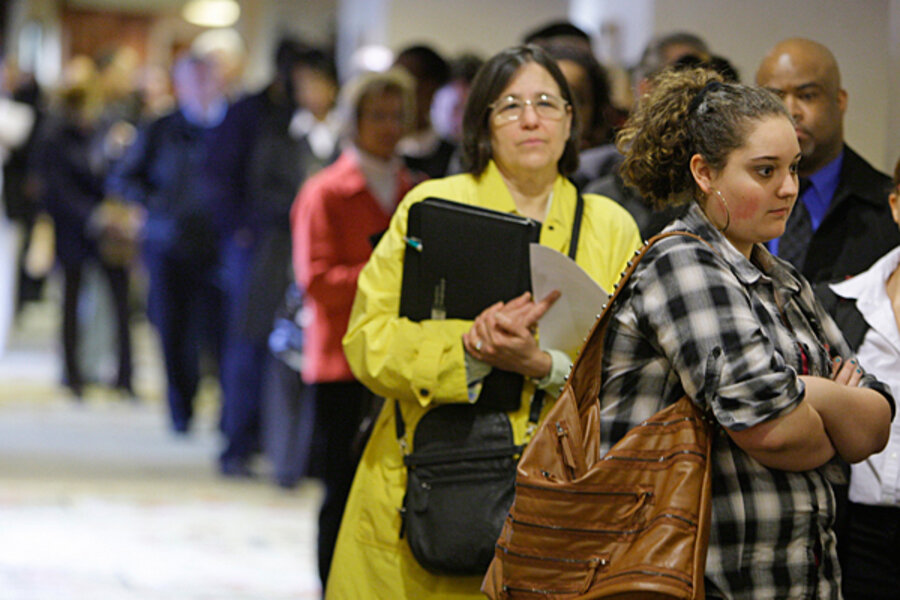The single most important statistic affecting Obama’s reelection chances is the unemployment rate. And at 9 percent in April, up from 8.8 percent in March, it’s still well above the historical norm for modern presidents who are reelected.
But where will it be in November 2012? In March, a Wall Street Journal survey of economists predicted unemployment would be down to 7.7 percent by Election Day.
That’s just one-tenth of a percent lower than it was in November 1976, when President Ford lost to Jimmy Carter. And, according to a Los Angeles Times analysis, it’s higher than on two additional occasions when an incumbent president went down to defeat amid high unemployment: in 1980, when President Carter lost to Ronald Reagan with unemployment at 7.5 percent, and in 1992, when a 7.4 percent unemployment rate helped Bill Clinton defeat the first President Bush. In the post-World War II era, unemployment has topped 7 percent four times on Election Day, and the incumbent has won only once: President Reagan in 1984, with unemployment at 7.2 percent.
But the Reagan model may show that the trend is more important than the unemployment rate alone. Unemployment under Reagan declined from a peak of 10.8 percent to 7.2 percent on reelection day. Under Obama, unemployment peaked at 10.2 percent in October 2009. If it is trickling downward by Election Day, even a 7.7 percent jobless rate could be survivable.
Is Obama to blame for continuing high unemployment? The debate is fierce. In March, the White House Council of Economic Advisers reported that as of the fourth quarter of 2010, the February 2009 stimulus package had raised employment relative to what it otherwise would have been by between 2.5 million and 3.6 million jobs. Obama critics charge the White House is inflating the numbers with accounting gimmicks. They also say antibusiness rhetoric by the president has suppressed private-sector investment in jobs. High unemployment is also linked to home foreclosures, which continue apace.





